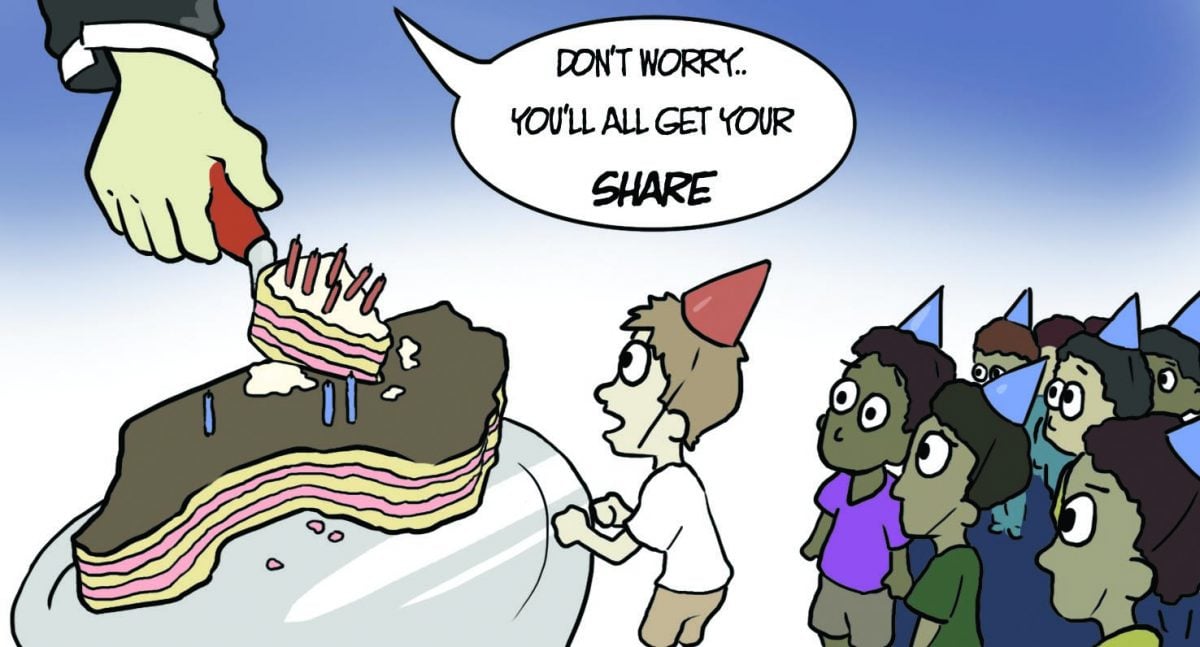North Carolina redesigns district maps
Earlier this summer, the U.S. Supreme Court ruled that North Carolina’s district maps were unconstitutional, as race was considered in their drawing. The NC General Assembly has released its new redistricting map for state House and Senate districts, for which a trial is expected later this year.
NC has already been involved in at least four other gerrymandering and voter identification cases since 2011, sparking national attention.
Gerrymandering is the act of manipulating the boundaries of districts to benefit one political faction or party over another in a political election. This manipulation remains a tool for figures and parties in power to maintain political influence.
Recently, the Supreme Court affirmed that Republican lawmakers in N.C. relied heavily on race when drawing the district lines in 2011. These districts were considered “racial gerrymanders in violation of the Equal Protection Clause,” according to CNN. The court found that 28 districts illegally considered race and aimed to reduce the power of black voters. Before this incident, the Supreme Court had already targeted two congressional district maps in N.C. for similar reasons.
The state legislature was required to redraw 28 district maps and submit them to a panel of federal judges. The deadline was set to Sept. 1, but could be extended to Sept. 15 if there was evidence of progress being made. The judges also had power to take over the redrawing process if they saw no evidence of progress.
The argument was that the state had crowded African-Americans into districts that already had a large black voter population, thereby reducing their voting presence in adjacent districts.
Request for a special election was denied by the Supreme Court. This means that North Carolinians will be voting in new districts in the Nov. 2018 election. The results next year may differ from previous elections, such as the one in 2016, where the result of the elections may have been beneficially inclined to the Republican Party.
The situation resurfaced in May 2017 when the Supreme Court struck down two newly drafted districts, ruling that they still relied heavily on race. Republicans in N.C. denied that race was predominantly used in redrawing the boundaries for the district, but did say that they heavily considered race for one of them.
N.C. lawmakers also say they tried to comply with the Voting Rights Act of 1965, which requires black voters to be concentrated in numbers in certain settings. Many critics argue that the main goal of the Republicans was to “diminish the number of districts that could be won by Democrats” according to the New York Times.
Varied opinions have surfaced throughout the Guilford community.
“Gerrymandering is a political practice existent since the birth of the nation,” says Early College junior Sreya Halder. “It is ultimately inevitable for the practice to return to society.”
Others in the community are calling for immediate change.
“It gives one political party more of an advantage than the other, which is a form of cheating,” said senior Trevor Hyatt. “Just like any other competition, if one side cheats the results can’t be considered fair or correct. The results just aren’t fair because the playing field isn’t fair, and there has to be a clear form of better regulation.”
Efforts to resolve the gerrymandering case in North Carolina could be difficult and time- consuming. Some have hope that people can come together to improve the ongoing situation.
“We could always sign petitions to change the law,” said sophomore James Madrid. “No matter how small, if change occurs, then maybe there will be no controversy over it.”









